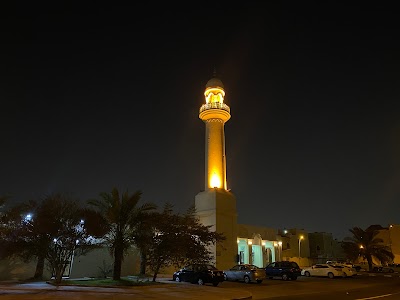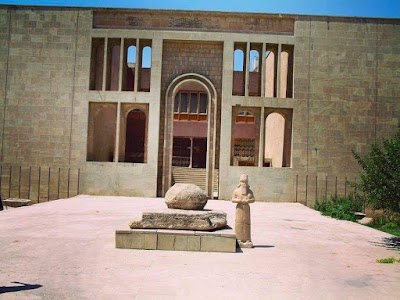Ancient City of Nineveh (مدينة نينوى القديمة)
Overview
The Ancient City of Nineveh, located in the modern-day Saladin Governorate of Iraq, stands as one of the world’s most historically rich and culturally significant archaeological sites. Once the illustrious capital of the Assyrian Empire, Nineveh is an essential destination for history enthusiasts and curious travelers alike.
A Journey Through Time
Nineveh's history stretches back to around 6000 BC, but it truly flourished in the 7th century BC under the reign of King Sennacherib. His ambitious vision transformed the city into a mighty metropolis, marked by monumental structures, extensive fortifications, and grand palaces that exemplified the power and sophistication of the Assyrian Empire. Visitors can marvel at the impressive city walls, which extend over 12 kilometers and are complemented by 15 monumental gates, showcasing ancient engineering brilliance and offering a captivating glimpse into the past.
The Kuyunjik Mound: A Center of Discovery
One of Nineveh’s most remarkable highlights is the expansive Kuyunjik mound, the heart of the city and its palace complex. Here, you can explore the ruins of King Sennacherib’s grand palace and the awe-inspiring Library of Ashurbanipal. Often regarded as the world’s first systematically organized library, this repository housed a vast collection of cuneiform tablets, providing invaluable insights into Mesopotamian literature, science, and administrative practices.
Art and Architecture
For art and architecture aficionados, Nineveh is a visual feast. The iconic Lamassu statues, which once stood sentinel at the city gates, are mesmerizing. These majestic stone sculptures, depicting mythological creatures with the bodies of bulls or lions, the wings of eagles, and human heads, symbolize protection and power while reflecting the Assyrian artistic ingenuity and their unique blend of myth and reality.
Cultural Legacy and Historical Significance
Beyond its architectural wonders, Nineveh boasts a profound cultural legacy. The city features prominently in various ancient texts, including the Bible and the Epic of Gilgamesh, making it a site of storied heritage. The Biblical tale of Jonah and the Whale unfolds within Nineveh’s walls, painting the city as a backdrop for timeless narratives of redemption and divine intervention.
The intriguing rise and fall of Nineveh adds to its mystique. Despite robust fortifications, the city succumbed in 612 BC to a coalition of Babylonians, Medes, and others, marking the end of the Assyrian Empire. This sudden decline cast Nineveh into obscurity until 19th-century archaeological excavations revealed its forgotten splendor. Today, the ruins serve as a poignant reminder of the transient nature of human achievements and the enduring legacy of ancient civilizations.
Practical Travel Tips
Exploring Nineveh offers practical considerations for modern visitors. The site is easily accessible from the nearby city of Mosul, where guided tours enhance your experience with historical insights alongside the ruins. For a comfortable visit, it’s best to plan your trip during the cooler months, from October to April, to avoid the scorching summer heat while navigating this vast archaeological wonder.
Photographers will find endless inspiration among the ancient remnants, as the stark desert landscape juxtaposes beautifully with the crumbling yet majestic ruins. The site is also a treasure trove of educational value for students, historians, and anyone captivated by the cradle of civilization.
A Must-Visit Destination
In conclusion, the Ancient City of Nineveh transcends being merely an archaeological treasure; it is a testament to a time when Assyria thrived as a formidable cultural and political force. Its blend of historical significance, architectural marvels, and mythological connections makes it a must-visit location for any international traveler.
Come to Nineveh, and wander through the corridors of history, where every stone has a story, and every ruin whispers tales of glory, tragedy, and the indomitable human spirit.





